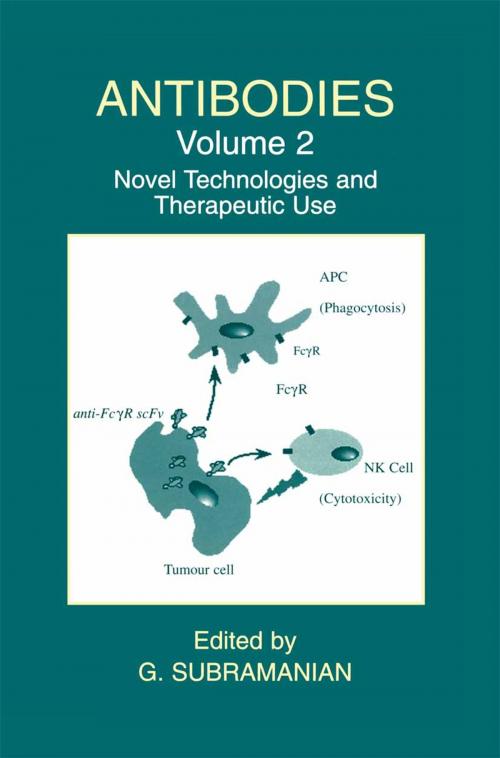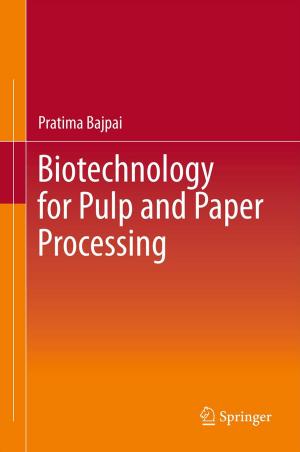Antibodies
Volume 2: Novel Technologies and Therapeutic Use
Nonfiction, Health & Well Being, Medical, Medical Science, Immunology, Specialties, Pharmacy| Author: | ISBN: | 9781441988775 | |
| Publisher: | Springer US | Publication: | December 6, 2012 |
| Imprint: | Springer | Language: | English |
| Author: | |
| ISBN: | 9781441988775 |
| Publisher: | Springer US |
| Publication: | December 6, 2012 |
| Imprint: | Springer |
| Language: | English |
It is now over one hundred years since von Behring and Kitsato first concluded experiments that led to the use of passive immunisation, employing antibodies raised in animals against tetanus and diphtheria toxins. The advancement of technology both in manufacturing purity product in a cost effective way and the clinical research has proved that antibodies are one ofthe most successful products in biotechnology. Monoclonal antibodies account for between one-third and one-halfof all pharmaceutical products in development and human clinical trials. Both the nature of monoclonal antibody therapies and the relatively large size of the monoclonal antibody dictate the production requirements, for many ofthese therapeutics the monoclonal antibody product will be 100 kilogrammes or more per year. It is widely acknowledged that there is currently a worldwide shortage of biomanufacturing capacity, and the active pharmaceutical ingredient material requirements for these products are expected to increase. Thus the industry is looking for new sources and extensive studies are being carried out not only for alternative technology to meet the needs but also to reveal the new therapeutic applicationsofantibodies. This book brings to the forefront current advances in novel technologies for the manufacturing of monoclonal antibodies and also their extensive clinical importance. The first four chapters give an overview of the new technologies and the successful application in the manufacture of monoclonal antibodies with clinical purity. The next chapters address the application of antibodies in cancer therapy and functional genomic therapy.
It is now over one hundred years since von Behring and Kitsato first concluded experiments that led to the use of passive immunisation, employing antibodies raised in animals against tetanus and diphtheria toxins. The advancement of technology both in manufacturing purity product in a cost effective way and the clinical research has proved that antibodies are one ofthe most successful products in biotechnology. Monoclonal antibodies account for between one-third and one-halfof all pharmaceutical products in development and human clinical trials. Both the nature of monoclonal antibody therapies and the relatively large size of the monoclonal antibody dictate the production requirements, for many ofthese therapeutics the monoclonal antibody product will be 100 kilogrammes or more per year. It is widely acknowledged that there is currently a worldwide shortage of biomanufacturing capacity, and the active pharmaceutical ingredient material requirements for these products are expected to increase. Thus the industry is looking for new sources and extensive studies are being carried out not only for alternative technology to meet the needs but also to reveal the new therapeutic applicationsofantibodies. This book brings to the forefront current advances in novel technologies for the manufacturing of monoclonal antibodies and also their extensive clinical importance. The first four chapters give an overview of the new technologies and the successful application in the manufacture of monoclonal antibodies with clinical purity. The next chapters address the application of antibodies in cancer therapy and functional genomic therapy.















